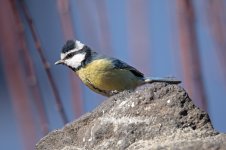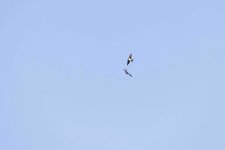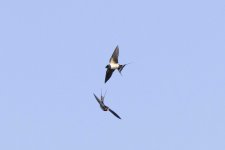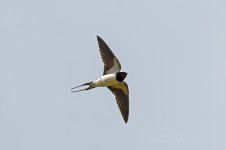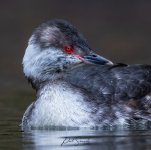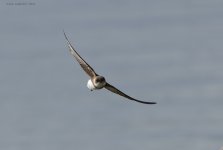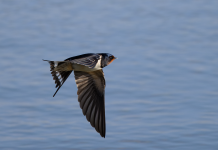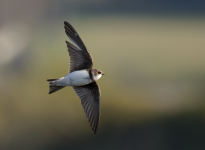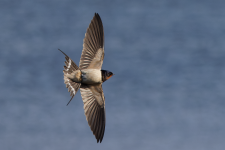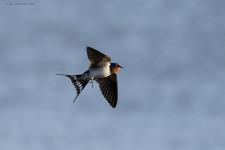Barred Wobbler
Well-known member
You might be onto something with your point about your varilux specs Colin. I have my EVF set to 5 also and it's good and bright, in fact maybe too bright, because I think it's giving me the impression the scene is brighter than it is, because my photos based on what I see there, rather than the histogram that I have in the top left of the viewfinder tend slightly towards underexposed a touch. Regarding the viewfinder clarity when you remove your glasses, (apologies if this is a daft question), but have you tried adjusting the diopter wheel on the viewfinder to suit your bare eye?
I'm posting this shot, not because it's a great shot, but as an example of what the focus can lock onto given a chance. It's a full frame edit - no cropping.
The sun had dipped partially behind a cloud when these two grouse took off and flew across the heather a month ago. This is the second shot in a burst of two. I don't know how many more were in the burst (if any) as I could have deleted any others as missed focus, but maybe I only took the two - those birds were vanishing fast.
It's not the greatest of shots, but if it had been my 7D II behind my Sigma 150-600 S rather than the R5 it wouldn't have been a shot at all. I've managed a couple of grouse flight shots with that combo in the past, but it was just pure luck.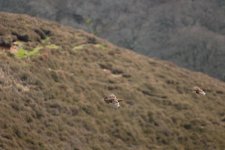
I'm posting this shot, not because it's a great shot, but as an example of what the focus can lock onto given a chance. It's a full frame edit - no cropping.
The sun had dipped partially behind a cloud when these two grouse took off and flew across the heather a month ago. This is the second shot in a burst of two. I don't know how many more were in the burst (if any) as I could have deleted any others as missed focus, but maybe I only took the two - those birds were vanishing fast.
It's not the greatest of shots, but if it had been my 7D II behind my Sigma 150-600 S rather than the R5 it wouldn't have been a shot at all. I've managed a couple of grouse flight shots with that combo in the past, but it was just pure luck.






